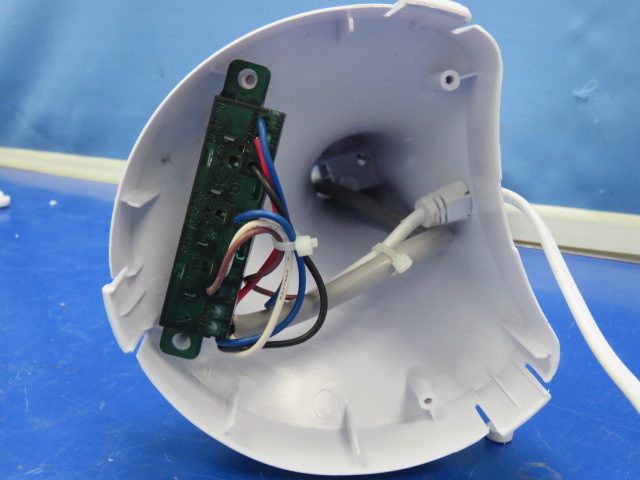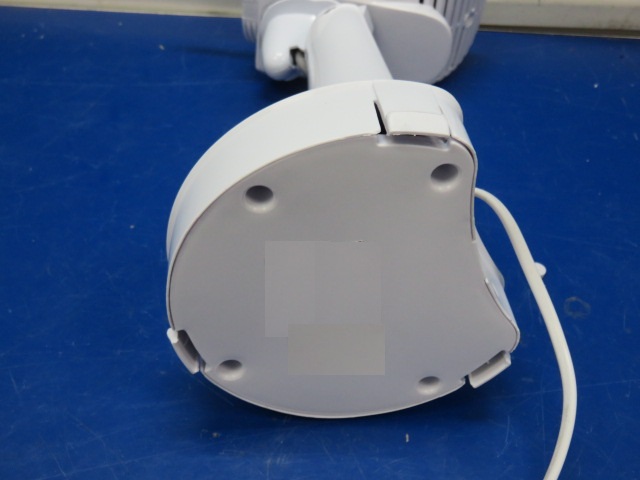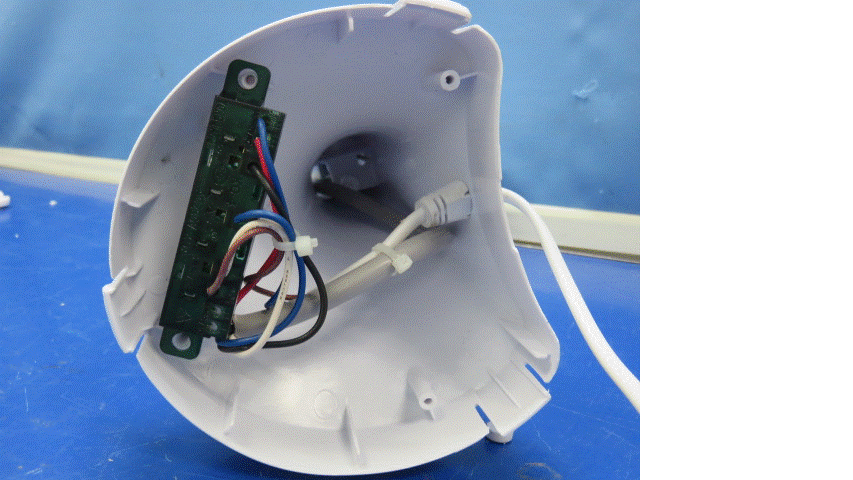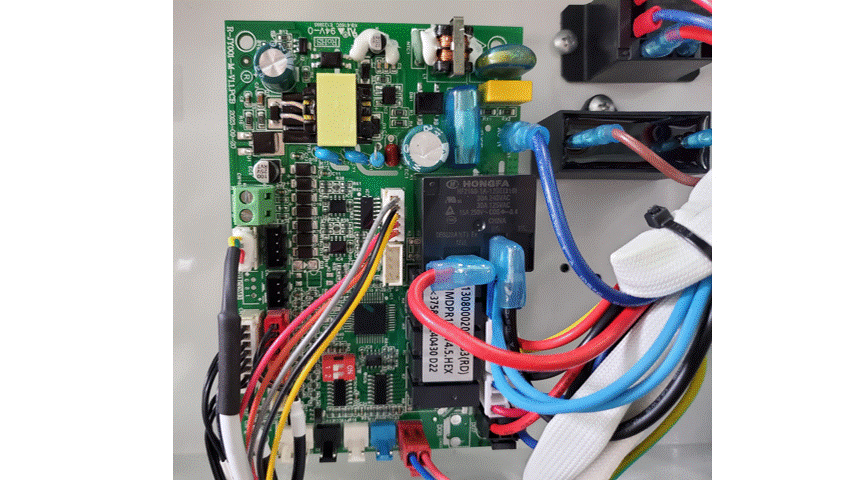第3項「二重絶縁」の定義の見方
次の回路基板の画像にはアニメーション効果があります。点線の右側は動作電圧 220 ~ 240V のアクセス不可能な部分であり、点線の左側は最大動作電圧 24V のアクセス可能な部分です (点線の位置の構造が正常であると仮定します)。ラインは二重絶縁または強化絶縁の要件を満たしています)。効果的な絶縁を確保するために、一般的に、点線の右側のワイヤ (赤と青の内部ワイヤ) は、左側の比較的細い内部ワイヤに触れることはできません。右側のワイヤのワイヤ シースは基礎絶縁です。これは、ワイヤ シースが充電部と直接接触しており、充電部を保護する最初の層であるためです。左側の電線の電線シースは補助絶縁としてのみ定義できますが、第 29.3 項の補助絶縁の要件を満たしているかどうかは、第 29.3 項を導入する際に分析されます。
ここで、左側の電線の電線被覆を基礎絶縁、右側の電線の電線被覆を補助絶縁とすることはできないことに注意してください。
As shown in the following two pictures(fan), the internal lead wires sheath in the left picture is basic insulation, and the bottom plate of the outer casing is additional insulation.



The following circuit board picture has an animation effect. The right side of the dotted line is the inaccessible part with a working voltage of 220-240V, and the left side of the dotted line is the accessible part with a maximum working voltage of 24V (assuming that the structure at the location of the dotted line has met the requirements of double insulation or reinforced insulation). In order to ensure effective isolation, generally speaking, the wires on the right side of the dotted line (red and blue internal wires) cannot touch the relatively thin internal wires on the left. The wire sheath of the right wire is basic insulation, because the wire sheath is in direct contact with the live parts and is the first layer of protection for the live parts. The wire sheath of the left wire can only be defined as supplementary insulation, but whether it meets the requirements for supplementary insulation in clause 29.3 will be analyzed when introducing clause 29.3.
It should be noted here that the wire sheath of the left wire cannot be defined as basic insulation, and the wire sheath of the right wire cannot be supplementary insulation.
